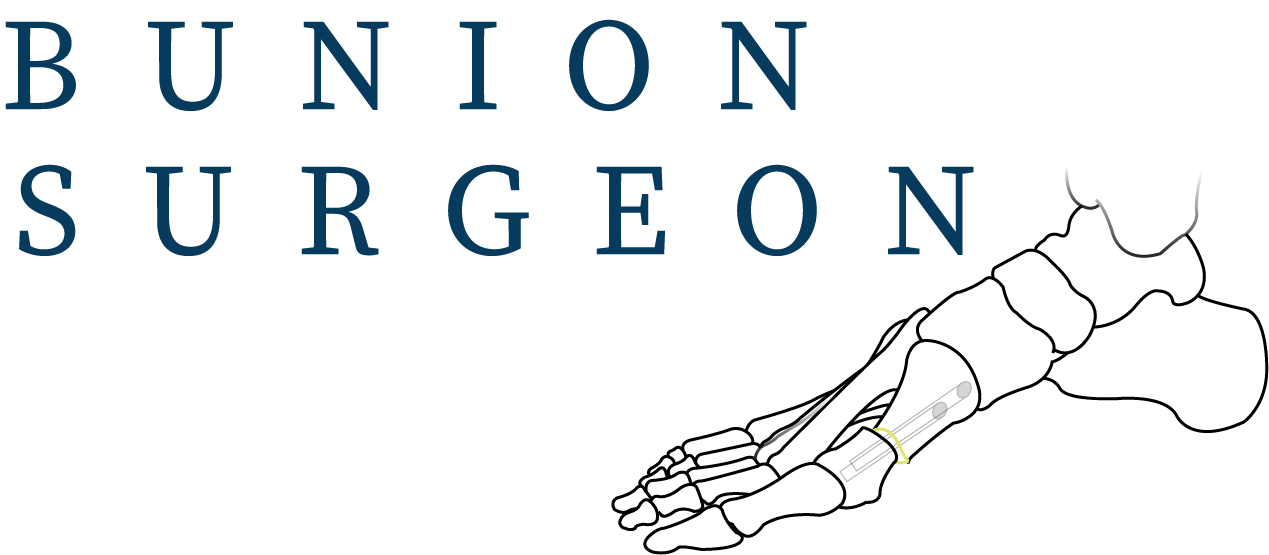

Bunion and Hammertoe Correction Surgery: Addressing Common Foot Issues Together
Date published: 2023-10-19
Bunions and hammertoes are two distinct but often interconnected foot problems that can cause significant discomfort and affect your overall foot health. In some cases, these conditions may occur simultaneously, and addressing both concerns through surgery can provide comprehensive relief. In this blog, we will explore the causes and treatment options for bunions and hammertoes when they occur together and the surgical procedures available to correct these issues.

Understanding Bunion and Hammertoe deformities
Bunions, also known as Hallux Valgus deformities, are bony protrusions that form at the base of the big toe. They occur when the big toe deviates toward the second toe, causing the joint at the base of the big toe to protrude. Bunions are often linked to genetics, improper footwear, and mechanical imbalances in the foot.
Hammertoes, on the other hand, affect the smaller toes. They occur when the middle joint of the toe bends downward, creating a hammer-like appearance. Hammertoes can result from wearing tight shoes, trauma, muscle imbalances, and foot structure issues.
Causes of Simultaneous Bunion and Hammertoe Issues
The simultaneous presence of bunions and hammertoes is not uncommon, and several factors may contribute to this occurrence:
Foot Structure: Some people have an inherited foot structure that makes them more susceptible to both bunions and hammertoes.
Mechanical Imbalances: Abnormalities in foot mechanics can lead to excessive pressure on the toes, increasing the risk of developing both conditions.
Footwear Choices: Wearing ill-fitting shoes that squeeze the toes can contribute to the development of both bunions and hammertoes.
Age: As individuals age, the likelihood of developing these conditions may increase due to the cumulative effect of mechanical stresses and genetic factors.
Surgical Correction for Bunions and Hammertoes
When individuals are dealing with both bunions and hammertoes, addressing both conditions simultaneously through surgery may be the most effective approach. Various surgical techniques can be used to correct these issues:
Minimally invasive keyhole bunion surgery: To address the bunion, a bunionectomy is performed to remove the bony bump and realign the joint at the base of the big toe. The keyhole bunion operation provides reliable and speedy recovery, using small incisions and specialised surgical screws.
Hammertoe Surgery: Hammertoe surgery typically involves realigning the toe joint, sometimes with the use of pins or screws.
Joint Fusion: In more severe cases, joint fusion may be necessary, especially if arthritis is present. This procedure involves fusing the affected joints, which can correct both bunions and hammertoes.Surgery such as the first MTP joint fusion would correct the bunion and a PIP joint fusion would correct the hammertoe.
Recovery and Rehabilitation
Recovery after bunion and hammertoe correction surgery is much quicker now than previous methods. With the minimally invasive keyhole bunion surgery, combined with a hammertoe correction with the use of screws, you can partially weight bear straight away with the aid of crutches. Though it is important to rest as much as possible, take guidance from your surgeon.
From two weeks the swelling would have subsided substantially and you may be able to move in to trainers. You should no longer require crutches at this stage.
Between six to eight weeks your surgeon will request further X-rays to assess the bone healing. You should see more minimal swelling and an excellent result, both cosmetically and functionally.
Conclusion
Bunions and hammertoes are common foot issues that can occur separately or simultaneously. The simultaneous presence of these conditions may be linked to foot structure, mechanical imbalances, and footwear choices. When both bunions and hammertoes are problematic, addressing them together through surgery can provide comprehensive relief.
If you would like more information, or would like to schedule a consultation, contact our team on:
Tel: 0207 820 8007 | Email: admin@bunionsurgeon.co.uk | Address: 17 Harley Street, London, W1G 9QH
Alternatively you can view availability and book online.